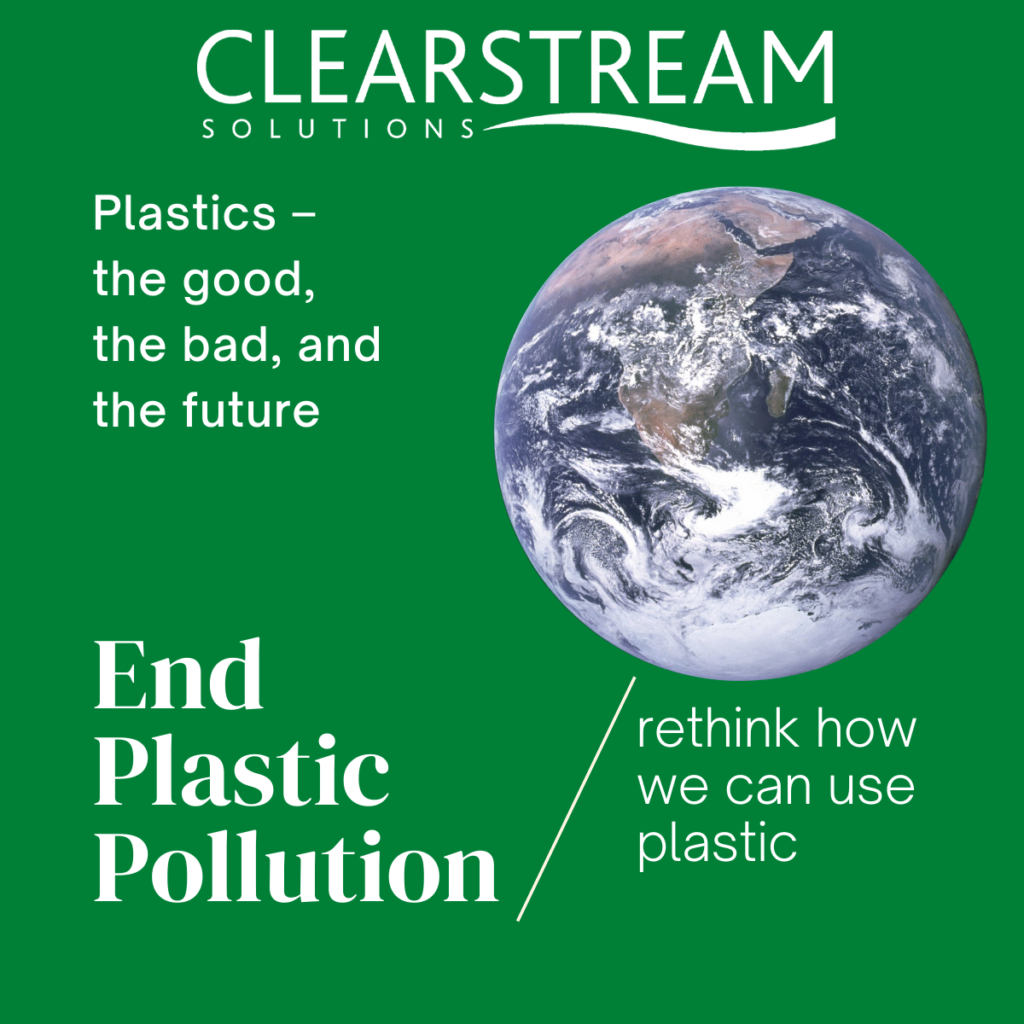In recent years there is increasing pressure on companies to not only engage in sustainability measures, but to share their actions and performance with stakeholders through sustainability reporting. But what exactly is sustainability reporting? And how can a company produce an effective sustainability report?
What is sustainability reporting?
Sustainability reporting is often known by a number of names. Some call it non-financial reporting, some CSR, and others ESG or citizenship reports. However, these are all a method of communicating to various stakeholder groups across a range of environmental, social, and governance issues.
Traditionally, sustainability reports were relatively unstructured and covered a range of mostly disconnected issues. Now, we are seeing a shift to a more structured approach, using recognized frameworks such as the GRI, the UN Global Compact and alignment with the UN Sustainable Development Goals. Sustainability reporting is becoming an effective means to consolidate what is otherwise a wide and disparate range of topics and issues. The biggest driver behind reporting is engagement with a variety of stakeholders through communication of a company’s sustainability measures.
Who are these stakeholders, and what are their expectations for reporting?
There are a number of stakeholders that are increasingly becoming engaged with sustainability. While the stakeholders involved depends on a particular company, the stakeholders that we at Clearstream typically find most interested in a company’s sustainability performance are investors, customers, employees and industry regulators.
In our experience, investors are often the biggest driver of a company’s engagement with sustainability. Investors have recognized the importance of non-financial issues to a company’s economic performance and are increasingly looking at risk and opportunity in these areas. They are looking to see if the companies they invest in are disclosing ESG issues in an annual report, on the company website, or through frameworks such as CDP. From the viewpoint of investors, a financial report tells them what you did in the past, but a sustainability report tells them what you are going to do in the future.
Customers are also looking for evidence of commitment to sustainability in their sourcing and supply chain through programs such as CDP, EcoVadis, Sedex and Verego. They hope to identify potential risk and opportunity in their value chains through their supplier’s sustainability reporting.
In addition to companies providing information to investors and customers through programs such as CDP, companies may also be rated even if they are not directly engaging through these platforms. Companies such as Sustainalytics and MSCI are measuring, assessing and reporting on a company’s performance to interested stakeholders, making it important for a company to be proactively involved in reporting and communicating their sustainability message.
A progressively more important aspect of a company’s sustainability measures is the impact they have on internal stakeholders. Employees and management are becoming empowered to drive and engage with their company on issues of sustainability. Employees want to work for companies that are conscious of sustainability responsibilities and are beginning to evaluate this within their own companies and when finding new places to work.
The last general stakeholder of concern is regulators, governments and industry bodies. These organizations are tightening their focus on companies’ non-financial performance. Programs such as mandatory carbon reporting and emissions schemes or the EU non-financial reporting directive and other programs addressing modern slavery and supply chain transparency are becoming more common and important for a company to consider and address in their sustainability plan.
What are the steps to writing a sustainability report?
A sustainability report is an output and result of a company’s sustainability performance, not a sustainability achievement itself. Therefore, there are several important steps prior to reporting and communicating sustainability efforts. When we are working with a client, we start with defining the scope and boundary of the sustainability plan. For example, what topics are they covering? Are they addressing local, or global initiatives? During this step, a lot of our clients will decide to address a range of topics from climate change to biodiversity to workplace concerns. The second step is to collect and validate data across all the selected areas. This data is used to set targets and identify areas of improvement. Once a client has defined the scope, collected data and established targets, they are in a position to begin the process of reporting and communicating their sustainability performance to stakeholders.
What makes a good sustainability report?
In our experience, we at Clearstream find that there are three key components of a good sustainability report. The first is clear guidance and support from senior management. This is crucial for a sustainability plan to be most effective within a company. Sustainability reports must also address issues of material concern. For example, the Taskforce on Climate Related Disclosures (TCFD) provides good guidance for companies to assess the financial risk of climate change in their business. The final component of a good sustainability report is a series of measures and targets. We are seeing that stakeholders are no longer looking just to see if a company is willing to disclose its sustainability measures, but also the specific actions they are taking to address sustainability and their performance in each of these areas. I also love to see companies report where they are struggling and what challenges they are facing as a sign of maturity and appropriate attention to these issues.
It is important to note that all companies are on a journey in terms of the maturity of their sustainability initiatives. No level of reporting that a company engages in is useless, unless it is completely inaccurate. The existence of a sustainability report within a company is better than nothing, as it shows awareness that there is something they should be addressing and involves some level of raising the profile of the issues and documenting the company’s approach. The worst a company can do is choose to not engage with their stakeholders on the topic at all.
How might we see sustainability reporting change in the future?
We have already seen, and will continue to see, a shift towards more structured reports following the recognized frameworks of programs such as the GRI and CDP. We are also seeing a consolidation of maturity in the approach to reporting and greater regulation from industry and accounting groups.
In general, sustainability reporting is becoming more mainstream. One of the most transformational impacts that I have seen sustainability reporting have on a business is when a company includes sustainability as a mandatory requirement in their annual report, as many public companies are starting to do. This focuses the board’s attention on the topic as now metrics and progress must be signed off on by the CEO. Sustainability is no longer just a sustainability officer hygiene concern; it has become a boardroom issue.
This interview was conducted by Katelyn Boisvert on behalf of Clearstream Solutions. To find out more about this topic contact brian@clearstreamsolutions.ie



 On June 26, 2019, the
On June 26, 2019, the